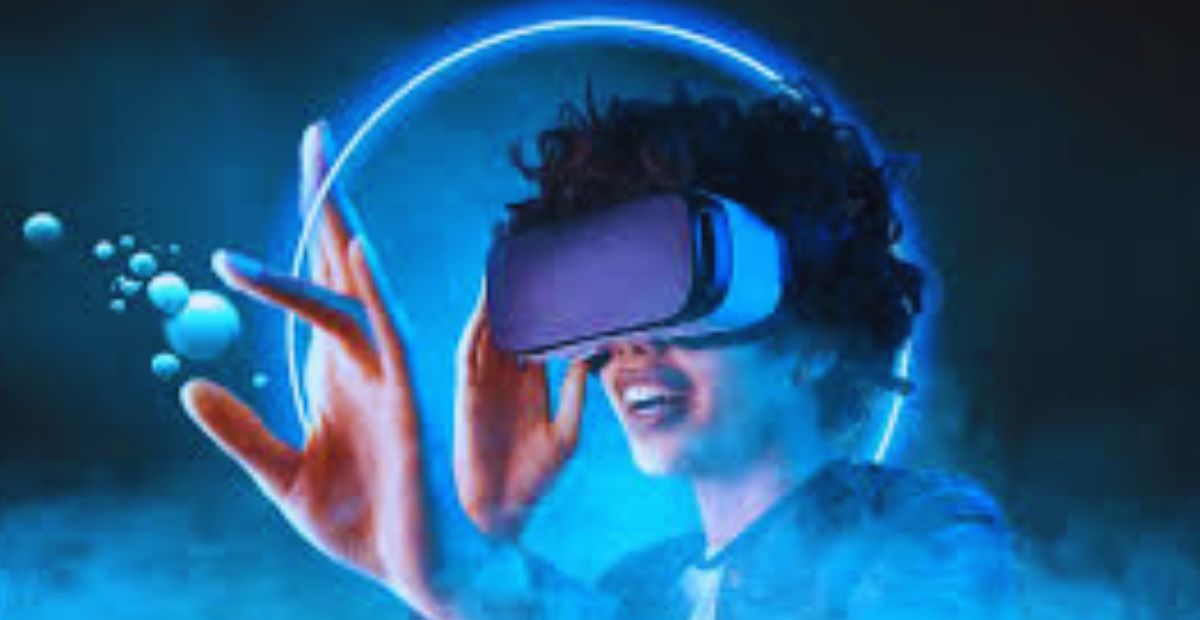The concept of the metaverse has rapidly evolved from a science fiction fantasy into a transformative force that is redefining how we interact digitally. As technological advancements continue to blur the lines between the physical and virtual worlds, the metaverse emerges as a new frontier for communication, collaboration, and community building.
What Is the Metaverse?
At its core, the metaverse is a collective virtual space that merges augmented reality (AR), virtual reality (VR), 3D holographic avatars, and other immersive technologies. This space is not just a single platform but a network of interconnected environments where people can meet, work, shop, play, and socialize—all in real time.
Unlike traditional digital platforms, the metaverse offers an experience that feels more lifelike and interactive. Users are no longer limited to flat screens and static images; instead, they can explore 3D spaces, engage with digital objects, and connect with others through highly personalized avatars.
Revolutionizing Communication
One of the most profound impacts of the metaverse is on how we communicate. Virtual meetings are becoming more immersive, replacing flat video calls with 3D environments where participants can gather around virtual tables or present ideas on interactive boards.
These immersive settings create a sense of presence that enhances understanding and engagement. For example, in a virtual classroom, students can interact with 3D models or conduct science experiments in a simulated lab, making learning more dynamic and effective.
Shaping Social Interactions
Social interaction in the metaverse transcends geographical boundaries. People from different parts of the world can gather in virtual spaces to attend concerts, play games, or simply hang out. Platforms like Decentraland and VRChat allow users to express themselves through customizable avatars, providing new forms of identity and expression.
This digital socialization fosters inclusivity and creativity. Individuals who may feel constrained by real-world limitations can find communities where they feel accepted and understood.
Transforming Workspaces
The rise of remote work has accelerated interest in virtual office spaces. The metaverse offers innovative solutions for collaboration, allowing teams to brainstorm, design, and manage projects within immersive environments. Companies such as Meta (formerly Facebook) and Microsoft are already developing virtual office platforms that aim to increase productivity and reduce the fatigue associated with traditional remote meetings.
In these spaces, colleagues can simulate a real office experience, including watercooler chats and team-building activities, helping maintain a cohesive company culture even from afar.
Opportunities in Education and Training
Education is another area where the metaverse is making significant strides. Virtual campuses allow students to attend lectures, interact with classmates, and participate in extracurricular activities without leaving their homes. This approach can democratize access to quality education, especially for those in remote or underserved areas.
Additionally, the metaverse is revolutionizing professional training. From medical simulations to technical skill development, learners can practice and refine their skills in a risk-free, controlled environment that mimics real-life scenarios.
Economic and Business Potential
The metaverse is also opening new economic opportunities. Virtual real estate, digital fashion, and NFTs (non-fungible tokens) are creating entirely new markets. Businesses are establishing virtual storefronts to reach digital-native customers, while brands are launching interactive marketing campaigns within these immersive spaces.
As the metaverse economy grows, it is expected to create jobs that didn’t exist before—such as virtual architects, avatar designers, and metaverse strategists.
Challenges and Considerations
Despite its potential, the metaverse faces significant challenges. Issues related to data privacy, cybersecurity, digital addiction, and the digital divide must be addressed. There is also a need for regulatory frameworks that ensure safe and equitable access to metaverse technologies.
Moreover, creating a seamless and inclusive metaverse experience requires collaboration among tech companies, policymakers, and users. Ethical considerations, such as the use of AI in virtual environments and the representation of diverse identities, are crucial in shaping a healthy digital society.
Conclusion
The metaverse is not just a trend; it is a paradigm shift in how we interact, learn, work, and socialize. As this digital universe continues to evolve, it promises to unlock new possibilities and redefine the future of human connection. While challenges remain, the metaverse offers an exciting glimpse into what the next era of digital interaction could look like—more immersive, more inclusive, and more connected than ever before.
